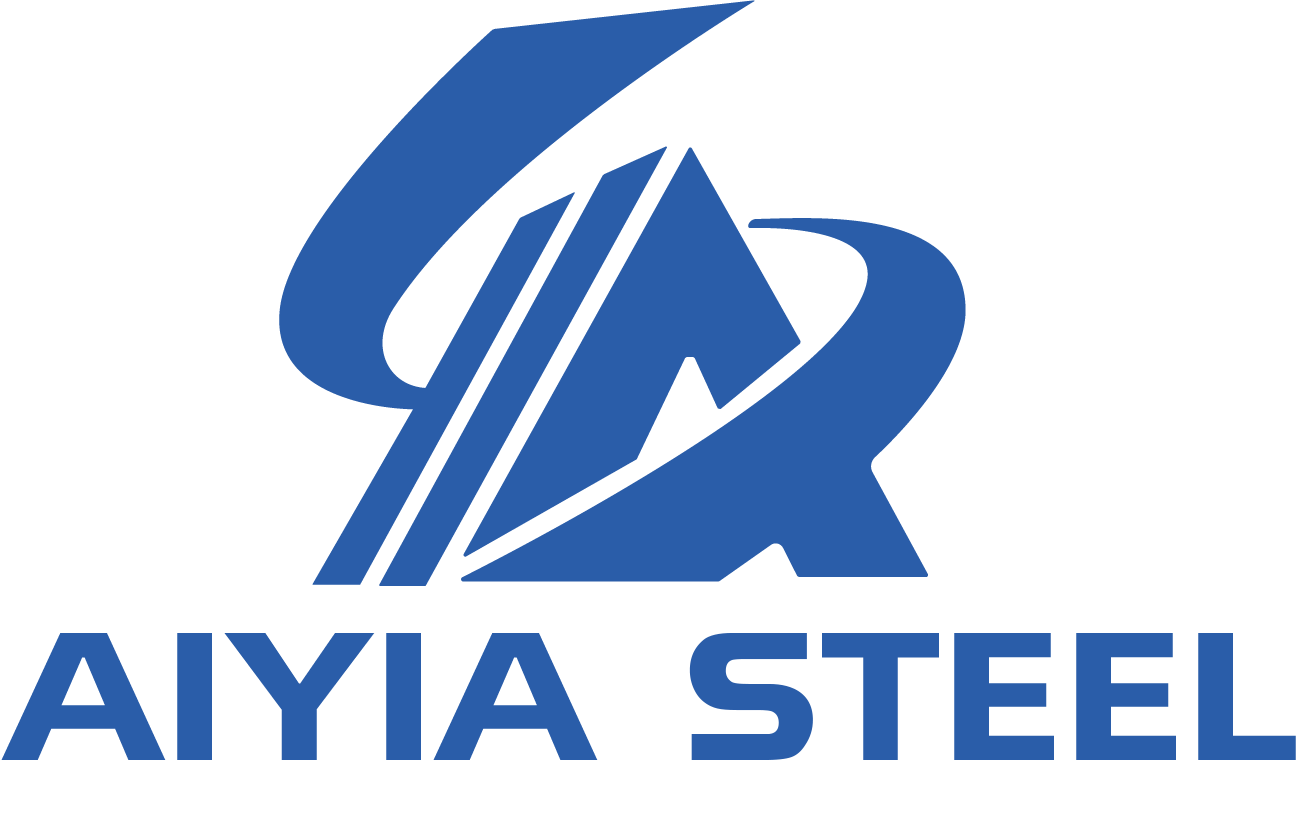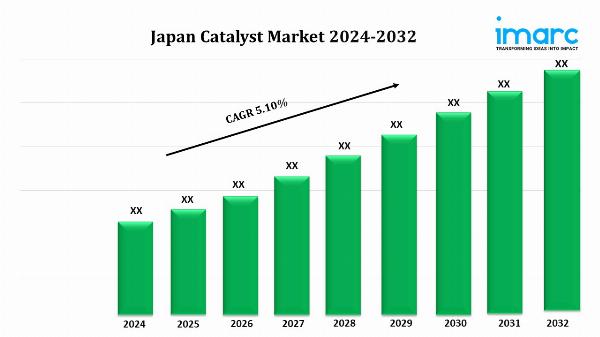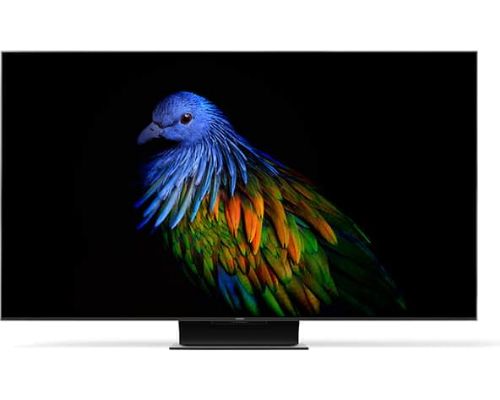This Dan Ives-Backed ETF Could Be the Smartest Way to Play the AI Revolution

Key Points
-
The Dan Ives AI Revolution ETF limits the influence of mega-cap tech stocks, such as Nvidia and Microsoft.
-
It still explores the exciting AI opportunity with 30 hand-picked stocks in that market.
-
This nearly equal-weighted ETF could appeal to investors seeking more diversification in the AI sector.
-
10 stocks we like better than Wedbush Series Trust - Dan Ives Wedbush Ai Revolution ETF ›
Invest in Gold

American Hartford Gold: #1 Precious Metals Dealer in the Nation
Learn More
Priority Gold: Up to $15k in Free Silver + Zero Account Fees on Qualifying Purchase
Learn More
Thor Metals Group: Best Overall Gold IRA
Learn More Powered by Money.com - Yahoo may earn commission from the links above.The artificial intelligence (AI) revolution is shaking Wall Street to its very foundations. The "Magnificent Seven" group of market-defining AI stocks all rank among the 12 highest-valued securities on the market today. Together, this group accounts for 32.3% of the S&P 500 (SNPINDEX: ^GSPC) index's total score, and 61.9% of the tech-heavy Nasdaq 100 index.
These are the market darlings of this era, all trading at lofty valuations and perhaps headed toward a painful price correction someday soon. What if you're not comfortable giving so much weight to a risky bunch of recent market beaters? Remember, past performance does not guarantee that future returns will be similar.
Well-known analyst Dan Ives just launched a hand-vetted fund that provides targeted investments in the AI boom, but with lower influence from the handful of top-ranked giants. Let's see what's different about this exchange-traded fund (ETF), so you can decide whether it belongs in your portfolio.
This is not your average index fund
The Dan Ives Wedbush AI Revolution ETF (NYSEMKT: IVES) is technically an index fund, but the underlying index is a custom list that simply reflects the stock pick in Ives' top-30 AI stock-picking reports. It was launched just days before the related ETF. So the index formulation is just a technicality. The Wedbush analyst with a long research history and a penchant for colorful suits is really making these stock picks in a very direct sense.
At the same time, the index structure adds some academic rigidity to the ETF. New additions to the index (and ETF) are given a cap-based weight between 1% and 4% of the total portfolio, no exceptions. The index is rebalanced four times a year, on the third Fridays of March, June, September, and December. The hard caps of at least 1% but no more than 4% are reapplied at each of these events, making sure that no single stock ever represents a huge slice of the Dan Ives ETF.
The annual expense ratio is 0.75%, far above the leading S&P 500 index funds and comparable to many handpicked stock collections.
How the portfolio is balanced
On June 30, just 27 calendar days after the ETF's inception, the "Magnificent Seven" stocks added up to 32.6% of the Ives fund's value. That's actually a smidge higher than their combined slice of the S&P 500, but megacaps Nvidia (NASDAQ: NVDA) and Microsoft (NASDAQ: MSFT) hold significantly lighter weights in the Dan Ives portfolio.
Story ContinuesNineteen of the 30 components ran into the 4% top-end weighting cap at the latest rebalancing, making alternatives such as IBM (NYSE: IBM) and Advanced Micro Devices (NASDAQ: AMD) just as important to the ETF's value as any of the Magnificent Seven.
Will slow and steady win the AI race?
No ETF can guarantee market-beating returns, and AI is a volatile field right now. I can't guarantee that Ives' selections will outperform the broader market in the long run, or that the nearly equal-weighted nature of this fund is a better idea than the market cap weightings seen in many other ETFs.
But if you're looking for a lower-risk approach to the exciting but risky AI market, the Dan Ives AI Revolution ETF might hit the spot. Its careful rebalancing policy sets this fund apart from most of its rivals. Ives' decades of market analysis experience should be worth something, too.
The fund is too young to do a deep dive into its market performance, but it's off to a strong start in its first month of operation. Only time will tell how this ETF will stack up in the long run, but its lower risk profile could be right for your portfolio. After all, it will hurt less to hold the Dan Ives ETF if a top stock like Nvidia or Microsoft takes a big tumble.
As always, do your own research before you buy anything -- but if you want a smarter, more diversified way to play the AI revolution, this ETF might just fit the bill.
Should you invest $1,000 in Wedbush Series Trust - Dan Ives Wedbush Ai Revolution ETF right now?
Before you buy stock in Wedbush Series Trust - Dan Ives Wedbush Ai Revolution ETF, consider this:
The Motley Fool Stock Advisor analyst team just identified what they believe are the 10 best stocks for investors to buy now… and Wedbush Series Trust - Dan Ives Wedbush Ai Revolution ETF wasn’t one of them. The 10 stocks that made the cut could produce monster returns in the coming years.
Consider when Netflix made this list on December 17, 2004... if you invested $1,000 at the time of our recommendation, you’d have $692,914!* Or when Nvidia made this list on April 15, 2005... if you invested $1,000 at the time of our recommendation, you’d have $963,866!*
Now, it’s worth noting Stock Advisor’s total average return is 1,050% — a market-crushing outperformance compared to 179% for the S&P 500. Don’t miss out on the latest top 10 list, available when you join Stock Advisor.
See the 10 stocks »
*Stock Advisor returns as of June 30, 2025
Anders Bylund has positions in International Business Machines and Nvidia. The Motley Fool has positions in and recommends Advanced Micro Devices, International Business Machines, Microsoft, and Nvidia. The Motley Fool recommends the following options: long January 2026 $395 calls on Microsoft and short January 2026 $405 calls on Microsoft. The Motley Fool has a disclosure policy.
This Dan Ives-Backed ETF Could Be the Smartest Way to Play the AI Revolution was originally published by The Motley Fool
'Fostering the AI revolution with this ETF, endorsed by Dan Ives,' is an astute move for investors seeking to stay ahead of technological advancements in a smart and focused manner.'
Investing in the AI Revolution through this ETF, backed by Dan Ives' expertise and insights behind it could represent a strategic move for investors seeking to capitalize on tomorrow’s frontiers while reducing direct risk exposure.
The AI-focused ETF backed by Dan Ives has the potential to offer a strategic and forward thinking leap into humanity's next technological frontier, catering adeptly for those seeking smart investments amidst this new era of artificial intelligence.
This new ETF, spearheaded by the influential Dan Ives and poised to ride on AI's disruptive wave of innovation offers an intellectually astute strategy for investors aiming at capturing future growth potential within artificial intelligence technology.
This article highlighting the potential of Dan Ives-backed AI ETF as a smart way to capitalize on artificial intelligence revolution, showcasing its distinctive style in seizing new frontiers likely signifies astute analysis and market leadership traits.
Engaging with the AI revolution through this ETF supported by expert Dan Ives could potentially yield savvy investment returns, harnessing technological advancements at a strategic speed.
Exploring the AI Revolution through Dan Ives-backed ETFs could prove to be a forward thinking and intelligent strategy for those aiming to capitalize on this rapidly evolving technology sector.
The article on the AI-focused ETF backed by Dan Ives demonstrates a sound strategic move for investors seeking to capitalize from technological advancements in artificial intelligence, making it an astute choice amidst market volatility.
The choice of ETF underpinned by Dan Ives's expertise to capitalize on the AI revolution appears a sagacious move towards investments that are poised for significant gains in today’chaotic but promising tech sector.














